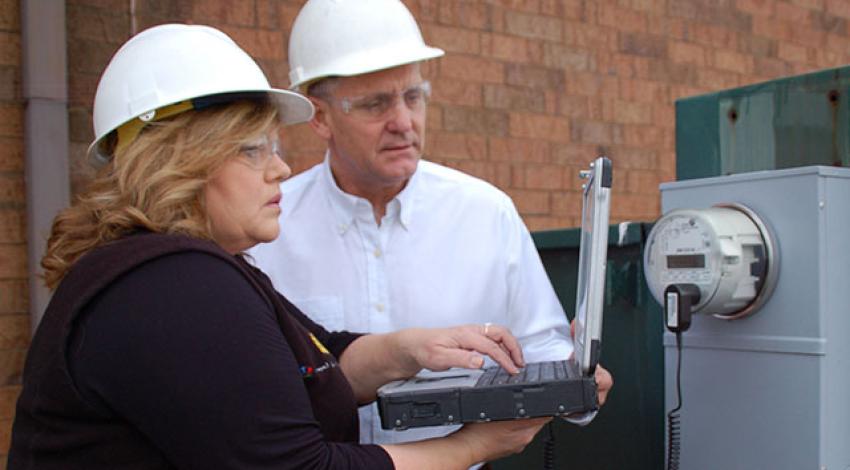The U.S. electricity system is poised to change more in the next 30 years than it did over the past century. The main reason for such a rapid transformation: goals set by industry and government to lower carbon dioxide (CO2) by mid-century. As leaders aim to reduce CO2 emissions across the economy, electricity is key to bringing those ambitious goals within reach. But that ambition must balance affordability and reliability.
Why electricity?
The U.S. electric sector led all other sectors by reducing CO2 emissions by 35 percent between 2005 and 2022, primarily by shifting from coal to natural gas-fired generation and increasing solar and wind generation. The sector’s continued progress will become even more important as electricity grows to account for 40% to 60% of final energy (the electricity or fuel customers use to power homes, businesses, and transportation) in the decades ahead (see Figure 1).
The transition to a low-carbon economy must take consumers’ needs into account.
Leaders within and beyond the sector are focused on developing the right mix of resources to enable a low-carbon future. While specific CO2 targets and the resources available to achieve them can vary by region, the early steps of the carbon reduction journey have shown that:
- Using every option at our disposal provides the greatest potential to balance affordability and reliability for customers;
- Maximizing the potential of emerging resources rests on industry and government collaboration; and
- Today’s decisions will have real impacts on the future energy system, so intentional and risk-informed plans must balance competing priorities.

An all-options approach to CO2 reduction
Making a dramatically lower-carbon future into a reality means combining established technologies with new resources. Electricity today is generated by a mix of dispatchable power (nuclear, gas, coal, hydropower, and energy storage) and variable resources (solar and wind). These resources need to complement one another to help keep the lights on every second of every day. Achieving emissions goals reliably and affordably depends on having access to the full portfolio of energy resources, as different resources are viable in different regions.
In areas with conditions supporting renewable energy development, the U.S. will continue adding more wind and solar in the decades ahead. However, increased dependence on those variable renewable energy resources means there must be additional generation sources available to meet customers’ needs when the wind is not blowing and the sun is not shining. As higher levels of variable generation capacity grow across the system, emerging technologies like energy storage and advanced controls could combine with demand-side management to help serve customers. But today, proven dispatchable electricity generation remains the primary resource that provides system flexibility and reliability.
Driving progress through collaboration
Turning to emerging technologies before they are ready to scale can amplify transition challenges. Industry leaders and decision-makers can help alleviate those challenges by aligning around realistic and practical deployment time frames.
Consider the time it takes to develop new technologies. Historically, it has taken multiple decades to bring new generation options to market. Proven approaches to evolving the U.S. energy system have involved developing and testing technologies — including several full-scale demonstrations prior to industry-level deployment. Every time a new technology is deployed at scale, the resulting lessons learned help the industry build and operate the resource better the next time — more affordably, more reliably, more resiliently, and more safely (see Figure 2).

Near-term decisions, long-term effects
Through this energy transformation, balancing priorities is paramount. It requires considering decarbonization, affordability, reliability, resilience, equity, and environmental impacts at each step. Incorporating the right mix of dispatchable generation in a grid that is growing increasingly dependent on variable renewables will be necessary to provide reliable and resilient electricity over time.
Creating an affordable and reliable low-carbon future requires not only a clear understanding of the commercial viability of emerging technologies but also of the time it takes to scale them at an economy-wide level. It means determining the right mix of technologies to deliver the best results in a specific region — including new transmission lines, pipelines, and other infrastructure that requires additional time and investment.
Today the U.S. electric sector is leading economy-wide decarbonization by employing a mix of existing resources, such as renewables, existing nuclear, and other technologies. An energy transition designed around customers’ needs rests on answering the tough questions through strategic research and development and making the right forward-looking decisions to ensure affordability and reliability throughout the journey.
Neva Espinoza is vice president for energy supply and low-carbon resources at EPRI, the Electric Power Research Institute.










